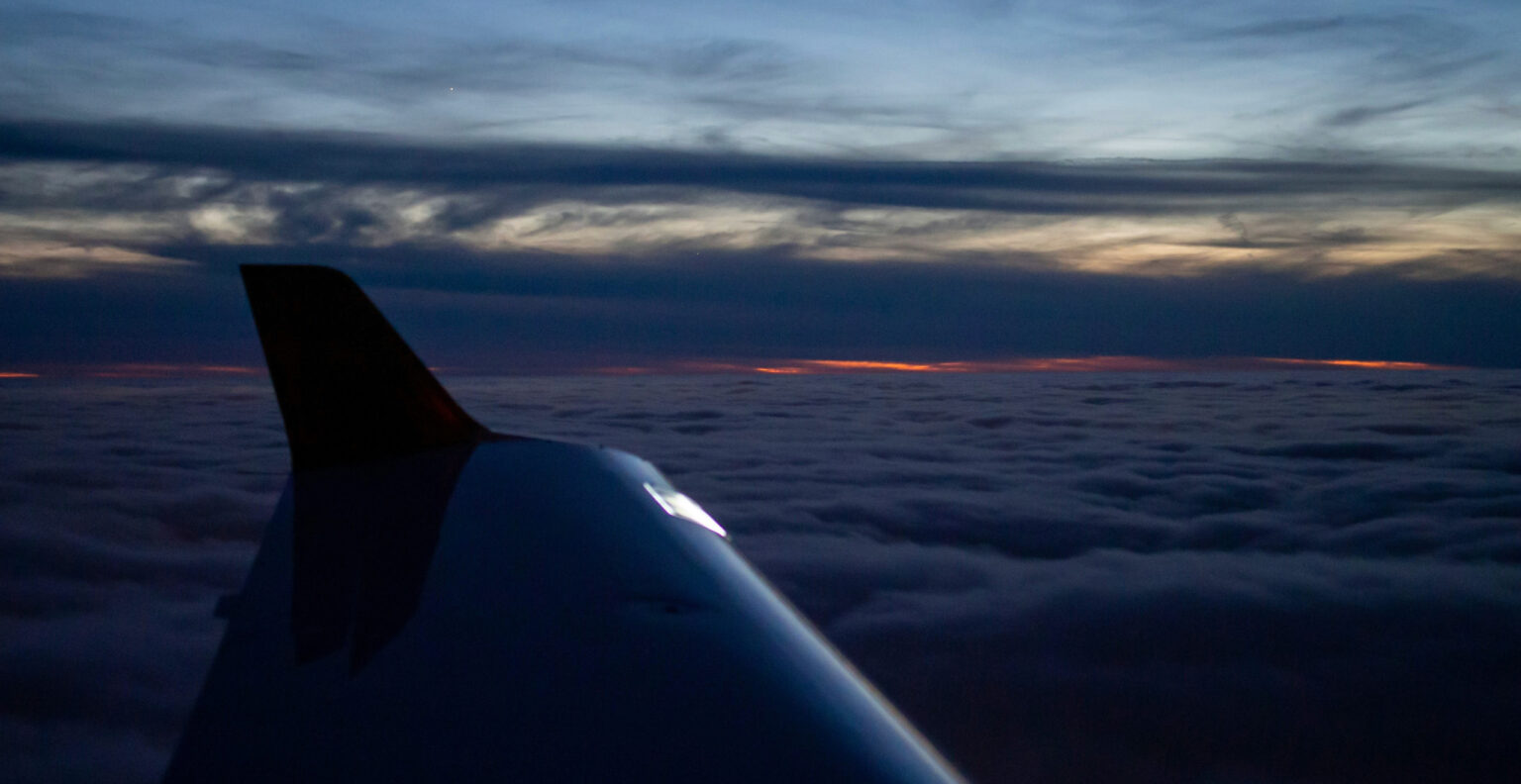Authorization is required for RVSM. However, the FAA has changed the requirements allowing some aircraft equipped with ADS-B to operate within the contiguous United States RVSM airspace without applying for operator-specific authorization. Since the guidance does not specify how an operator can verify authorization, we are still recommending that ALL operators carry an operator-specific authorization (LOA). Operations outside of the contiguous U.S., including flights to Alaska, Hawaii, Canada, Mexico and the Caribbean, still require a formal LOA application under ALL circumstances.
What is an RVSM LOA?
RVSM or Reduced Vertical Separation Minimum decreases the specified standard vertical separation of aircraft flying between FL 290 (29,000 ft) and FL 410 (41,000 ft) from 2,000 ft to 1,000 ft minimum. This allows more aircraft to fly safely in a particular airspace.
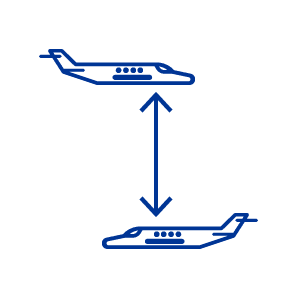
Since this type of operation requires aircraft to be equipped with certified equipment and crews to have specific training, operators need to gain permission to fly in RVSM airspace. That’s where the LOA comes into play. LOAs grant aircraft operators the FAA’s authorization to exercise particular activities, in this case RVSM.
What’s changed?
As of January 22nd,2019, the RVSM LOA is considered to be automatic for operators with a compliant ADS-B system and will not be formally issued unless applied for. This change allows some operators to skip the application process but DOES NOT exempt having an authorization. Due to a certain amount of current ambiguity, in order to demonstrate proof of authorization, we are still recommending that ALL operators carry an operator-specific authorization (LOA).
As of now, if you meet all of the following criteria you are theoretically automatically authorized and do not need to submit a formal LOA Application:
- Your aircraft is fitted for ADS-B Out, and is transmitting sufficient ADS-B data;
- Your ADS-B Out system is compliant with 14 CFR 91.227;
- Your aircraft is maintained in accordance with all the mandatory maintenance tasks (such as air data and transponder checks) and is meeting height monitoring specifications;
- Crews are trained in RVSM;
- The crew has no other need for a specific document confirming they are RVSM-authorized;
- You do not ever operate outside of the contiguous United States.
It is critical to keep in mind that noncontiguous, foreign and international airspaces (including Alaska, Hawaii, Canada, the Caribbean and Mexico) still require formal authorization: any operator who intends to conduct international flights still needs to apply for the RVSM LOA.

If you are not able to answer yes to all 6 items then you will need to apply for the RVSM LOA. This may include your operation if ANY of the following applies:
- You intend to fly in RVSM airspace outside the contiguous 48 United States;
- You still have to install ADS-B Out, or you have any reason to doubt that sufficient ADS-B data is being broadcast;
- Your ADS-B system does not comply with 14 CFR 91.227;
- You need direct evidence that you are specifically authorized for RVSM, for any reason.
Also, if your aircraft is not yet equipped with ADS-B Out – don’t forget that deadline is looming so make sure your aircraft is equipped by January 1st, 2020.
How will this progress?
For now, there has been no further discussion on whether other countries will be following suit after the FAA’s decision, nor whether the automatic authorization is internationally recognized. However, it is unlikely other countries will follow without the benefit of certain processes to verify specific airframes and their ADS-B data.
Whether the FAA will be publishing a database of operators or aircraft presumed to be automatically authorized has not yet been discussed. But if this does progress and is accepted by other countries, there might be an application-free future peeking on the horizon. Nimbl will be keeping an eye on international operations and watching this space to provide you with the latest updates.
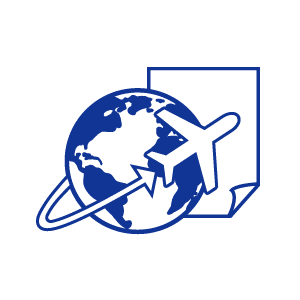
We still recommend carrying an RVSM LOA until further clarification from the FAA. Still need an LOA package, application, or an RVSM Operations Manual? We can help.
Related Resources
View All
View All
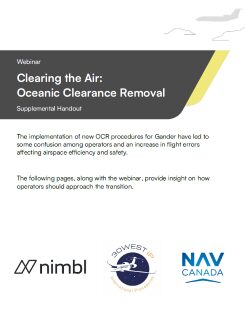
Clearing the Air: Oceanic Clearance Removal (OCR)
Learn more
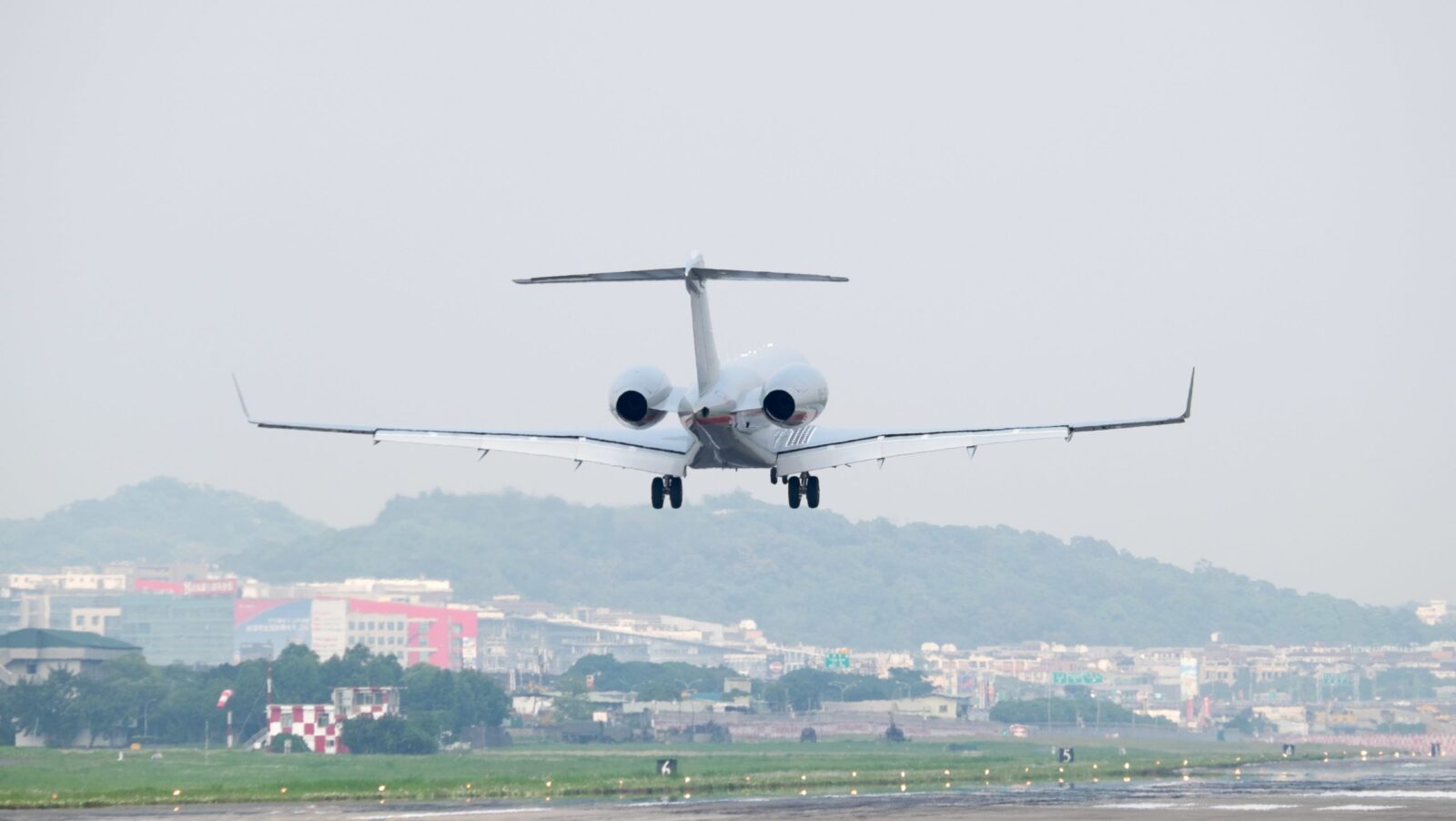
You Don’t Need An LOA For RNAV… Unless You Do!
Learn more
![MEL, MMEL, NEF: What are you required to have? [+ Free MEL Guide]](https://gonimbl.com/wp-content/uploads/mel-yellow-gradient.jpg)
MEL, MMEL, NEF: What are you required to have? [+ Free MEL Guide]
Learn more

LOAS: What They Are, Who They’re For, And How To Get Them
Learn more
